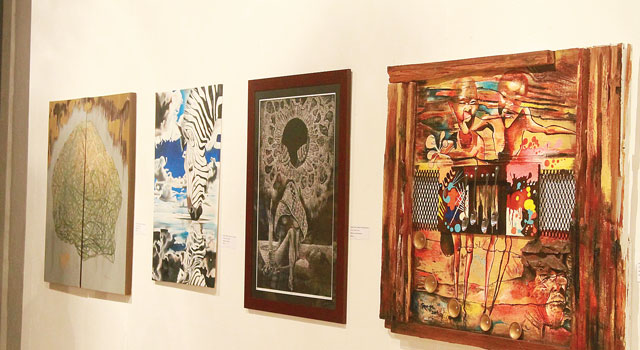For the first time in 30 years, South Africa’s annual art competition L’Atelier has selected young and emerging Batswana artists to participate in the 2015 competition. In partnership with Thapong Visual Arts Centre and the National Museum, Onkabetse Mpolokeng, Kumbulani Thubu, Obed Mokhuhlani, Onkabetse Kealeboga, Botho David, and Kefilwe Sentsho’s artworks were selected to be amongst those of 100 artists selected from different countries. Their works will be competing for the five coveted prizes: the First Prize, 3 Merit Award Prizes, and the Gerard Sekoto Award for the most promising artist. L’Atelier, now one of the longest running events of its kind in Africa, is supported by Barclays Africa.
“For the past 30 years the competition has been a platform for young artists to showcase their talent and express their inner thoughts, observations and examinations. Now entering its fourth decade the competition has been the stage that has launched many artistic careers and will continue to do so far into the future. We would like to welcome these artists and tell them to make the most of the platform provided by the L’Atelier,” said head of Corporate Marketing at Barclays, Rachel Mushaike.
Through the art competition’s platform, many artists have built their brand identity and brand equity. It allows artists to grow through their experience of attending an international residency, interacting with their peers from around the world and then bringing their skills back home. “It is clear from the entries received and the support we had here that this competition continues to strike a right chord with those who are passionate about art and the role it plays in all societies including our own,” Mushaike said.
Speaking about the selection process Mushaike said the adjudication process has been refined over many years as several panelists function at a national and regional level to encourage a broad inclusive vision. “The adjudicators intention is to access the possible interpretation and aims of the work, while at the same time considering the relationship between the artists’ concepts, technical choices and their craftsmanship. Rounds of systematic selection are built into the adjudication process to determine professionalism and representation.”

